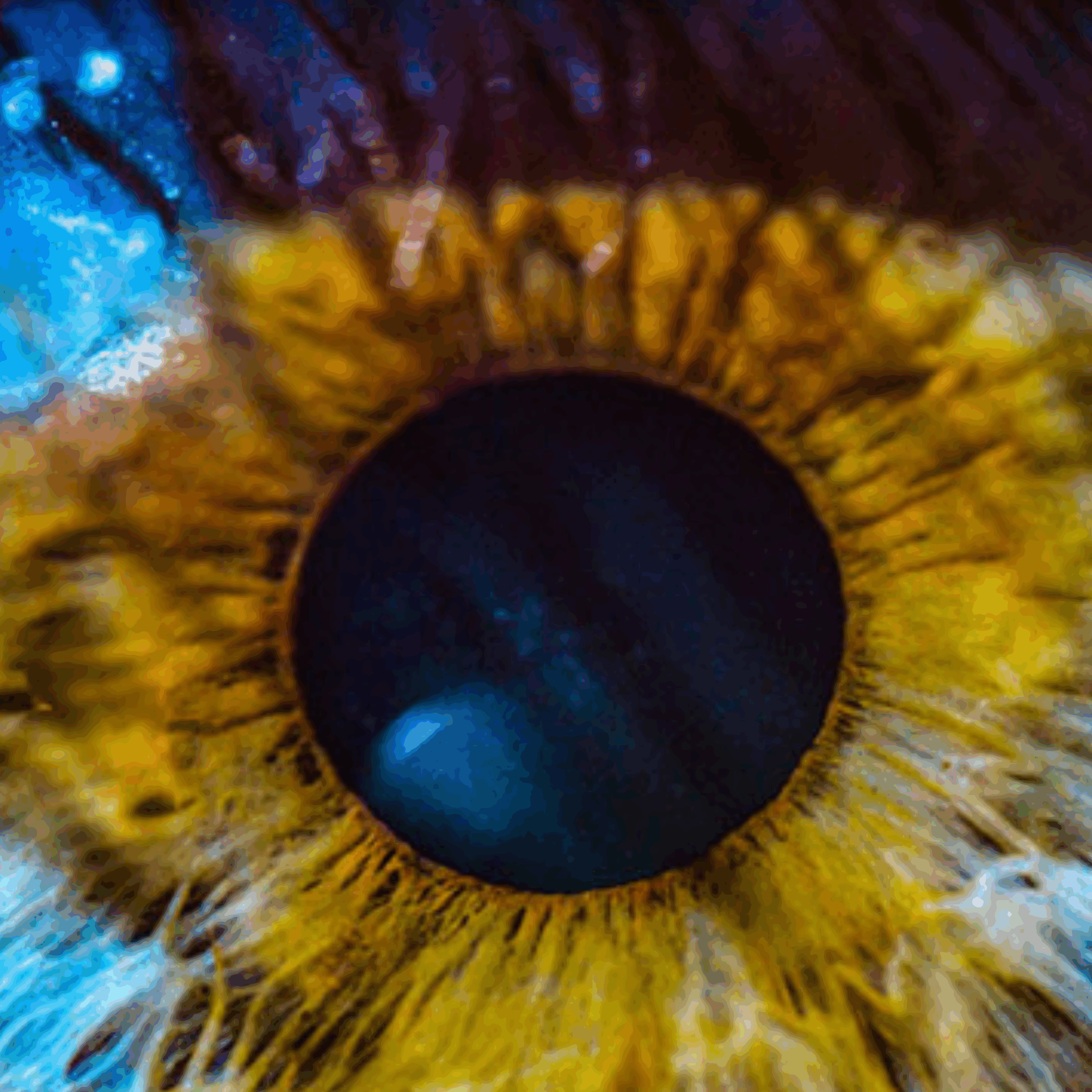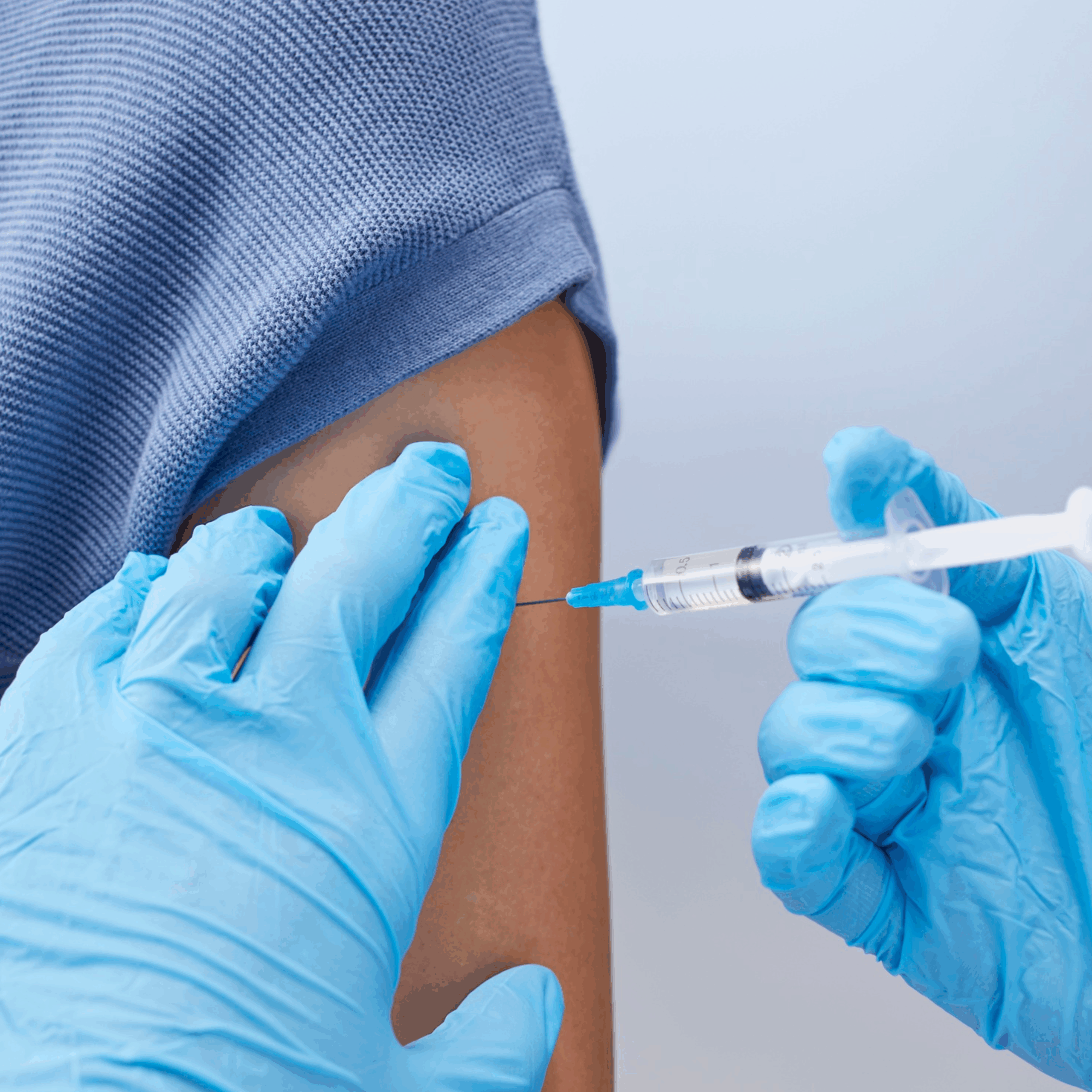26 February, 2024
This article aims to explain how people living with an inherited retinal disease (IRD) can contribute to the progression of research by donating tissue samples.
Patient-derived experimental models using patient stem cells are particularly beneficial in driving pre-clinical research, accelerating the progression to clinical trials and potentially finding new treatments.
We explain how people living with an inherited retinal disease can make informed decisions about participation and understand how they can have a direct impact on advancing research developments.

Research into inherited retinal diseases (IRD) is often regarded as the cutting-edge of ophthalmological, and indeed medical, research worldwide. 1 While most clinical trials investigating IRDs have been conducted internationally to date, these are expected to expand in Australia over the coming years and will therefore offer more people affected by IRDs the opportunity to become involved. Given the complexity of the research however, it can be difficult for patients to fully understand what these projects involve.
What is preclinical research and why is it important?
Before discussing patient-derived models, it is important to understand the usual progression of clinical research. Traditionally, the first stage is pre-clinical research, which involves research and testing about any drug or treatment for a disease before it involves human volunteers. Pre-clinical research is typically performed on animal models. 2 It is a very important first step as it is only after pre-clinical research has proven successful that it can progress to a clinical trial stage.
However, many animal trials are unsuccessful due to fundamental differences between animals and humans, 3 therefore promising treatments are unable to be applied to humans. A treatment may be effective on animals, but it may not be effective on humans, and vice versa. This has led to an increased interest in patient-derived models, which allows for testing of pre-clinical trial drugs or treatments on human tissues, but in an in vitro (in the lab) setting.
What is a patient-derived model?
A patient-derived model is one which has been developed by directly using the cells or tissues of a patient for testing. Patient-derived models for IRDs commonly involve using induced pluripotent stem cells, or iPSCs, which are derived from the cells taken directly from a patient. iPSCs are special cells that can be generated in the lab and have the potential to develop into any tissue type, 4 5such as retinal cells.
Samples of any tissue, including blood, skin or hair are taken from a patient with an IRD and these are reprogrammed in the lab to become iPSCs. These iPSCs are then guided to differentiate into retinal cells, or any other tissue types targeted for testing. These cells will have the same genetic mutation as the patient who donated the sample, and therefore can be used to learn more about the specific mutation, used to investigate how the cells function when they have the mutation, or to screen new drugs and potential treatments for that specific IRD. This personalised testing is performed in an in vitro setting, that is, in a lab and outside of the patient’s body.
What are the key advantages of patient-derived models
Using iPSCs to develop patient-derived models is an exciting technology for researchers, because:
- they reduce the burden of animal testing including associated ethical issues,
- they have a favourable safety profile due to testing in an in-vitro setting,
- they have the capacity to provide an unlimited supply of cells for research purposes due to their infinite self renewal ability, and
- as they reflect a patient’s genetic background and disease profile, they allow researchers to investigate the underlying mechanisms of the disease and how it will respond to specific drugs and treatments which will contribute to the identification of effective treatments.
Patient derived models using iPSCs in IRD research
Application of patient-derived models using iPSCs for IRD research is becoming more commonplace due to these extensive benefits and the many different types of models they can create. These include the creation of disease specific cell types, organoids (structures that mimic the organisation and function of specific organs), tissue explants (small pieces of tissue that are valuable for studying disease processes), patient-specific disease models, and also for gene editing studies.
Retinitis pigmentosa, Leber congenital amaurosis, X-linked recessive retinoschisis, and many other IRD’s have benefited from research using iPSCs 6. In retinitis pigmentosa, researchers have applied iPSC technology to produce 3D retinal organoids, enabling the study of photoreceptor degeneration and therapies to prevent photoreceptor cell death 7.
Voretigene neparvovec or Luxturna®, is the only approved treatment for an IRD in Australia, which is a gene therapy for those conditions related to mutations in the RPE65 gene. Patient derived models using iPSCs were used to investigate a novel RPE65 synonymous variant which resulted in a change in the eligibility classification from “a variant of uncertain significance” to “likely pathogenic”. This discovery has enabled more patients to become eligible for voretigene neparvovec treatment 8.
Recent grants by Retina Australia into iPSC patient-derived models
Retina Australia has been a strong supporter of stem cell patient-derived models in research – see a list of grants here. Recently in 2023, it funded a project using iPSC patient-derived retinal organoids to generate pre-clinical data and establish efficacy for AAV gene editing to treat Usher Syndrome. Similarly in 2024, it is supporting a project using iPSC patient-derived models to investigate the specific genetic changes seen in Stargardt disease, with the aim of developing a new treatment for the condition.
Are there alternatives to iPSCs in developing patient-derived models?
In addition to iPSCs, there are other sources of human stem cells that can be used to create patient-derived models including human embryonic stem cells and adult stem cells. However these often come with their own difficulties, including ethical issues, potentially a greater reliance on animal testing or are limited in their application to IRDs.
Challenges associated with iPSC patient derived models
Although patient-derived models are a very promising technology, they also come with some challenges. These include:
- Differentiation of iPSCs generates cells of different genetic and functional ‘quality’. From the cells generated, good quality derived cells must then be selected before they are able to be used in biomedical research. 9 This quality control process can be time consuming and expensive.
- Epigenetic memory. Some iPSCs may carry residual memory of where they came from in the body which can then affect how well they turn into other cell types. 10 Reprogramming largely eliminates most of this and ongoing research is aimed to further improve this efficiency. 11
- Difficulty of obtaining the cells of interest in numbers and purity required for experimental work. This is an area of active work for laboratories worldwide in order to produce and improve accuracy of cellular models.
- Maturation levels. iPSC-derived retinal cells may not fully mature to the level of adult retinal cells. Achieving advanced maturation is important for modelling adult-onset IRDs and accurately representing the disease state.
These are some of the challenges faced by researchers using stem cells, which must be addressed in their project methodology. Ongoing advancements in iPSC technology and retinal differentiation protocols aim to address these challenges and enhance the utility of iPSC-derived models in IRD research.
The future of patient derived models
iPSCs are not only an exciting technology as they exist today, but they also have huge potential for further development.
- Retinal organoids. iPSCs are usually used as a 2D monolayer where stem cells are differentiated into a single layer of organ specific cells in the lab. This works well for testing on a basic cellular level, however it may not accurately reflect the effect of IRD on the eye as a 3D organ.12 The next step for iPSCs is forming tissues and organs in 3D to study the effects of disease and treatment on multiple structures in the eye simultaneously. This is a leap that has already been taken by some IRD researchers 13, and will likely become more commonplace moving forward. In the future, there is even the possibility for the generation of a ‘4D’ organ system – in which multiple organs can be replicated to study the effects of disease on different body systems at the same time. 14
- 3D bioprinting is a cutting-edge technology where detailed models are intricately crafted layer by layer using specialised printers. These models, made from bio-inks which consist of cells and biomaterials, emulate the three-dimensional structures of biological organs or tissues such as the retina.15 The use of iPSCs or their derivatives in the bio-inks enable personalised artificial versions to be created for medical research and applications, offering new possibilities for understanding and treating various health conditions.
- Retina-on-a-chip. Another emerging technology within the iPSC space is the ‘retina-on-a-chip’ model. This is a tiny, artificially controlled platform which simulates the complex structure of the outer retina, 16 providing insights into how the eye’s protective barrier behaves under various conditions. This model can be used to study the interactions between retinal pigment cells, photoreceptor cells, the retinal endothelium, and nerve tissue. It is a promising technology enabling researchers to observe and analyse changes in barrier permeability and blood vessel characteristics helping advance our understanding of eye diseases and potential treatments.
Ultimately the extension of preclinical patient-derived retinal models, through advances such as 3D bioprinting and complex organ-on-a-chip interactions, serves to accelerate the transition from concept to clinical trial. 17 This means new treatments are able to reach and benefit patients with IRD’s much earlier in the timeline of drug development.
https://retinaaustralia.com.au/the-use-of-patient-derived-models-to-drive-pre-clinical-research-into-inherited-retinal-disease/
Other Blogs

Australia Approves Second Treatment for Geographic Atrophy
Astellas' IZERVAY® (avacincaptad pegol) has been approved for use in Australia by the TGA Astellas...

The Economic and Psychosocial Impact of Caring for Families Affected by Visual Impairment (EPIC-Vision) Study
Visual impairment resulting from inherited retinal dystrophy (IRD) has...

World Research Summary by Dr Catherine Civil
Hot Off The Press There are just a couple of articles for you this month, but I hope you find...
